Gabriela Hearst’s B-Corp values
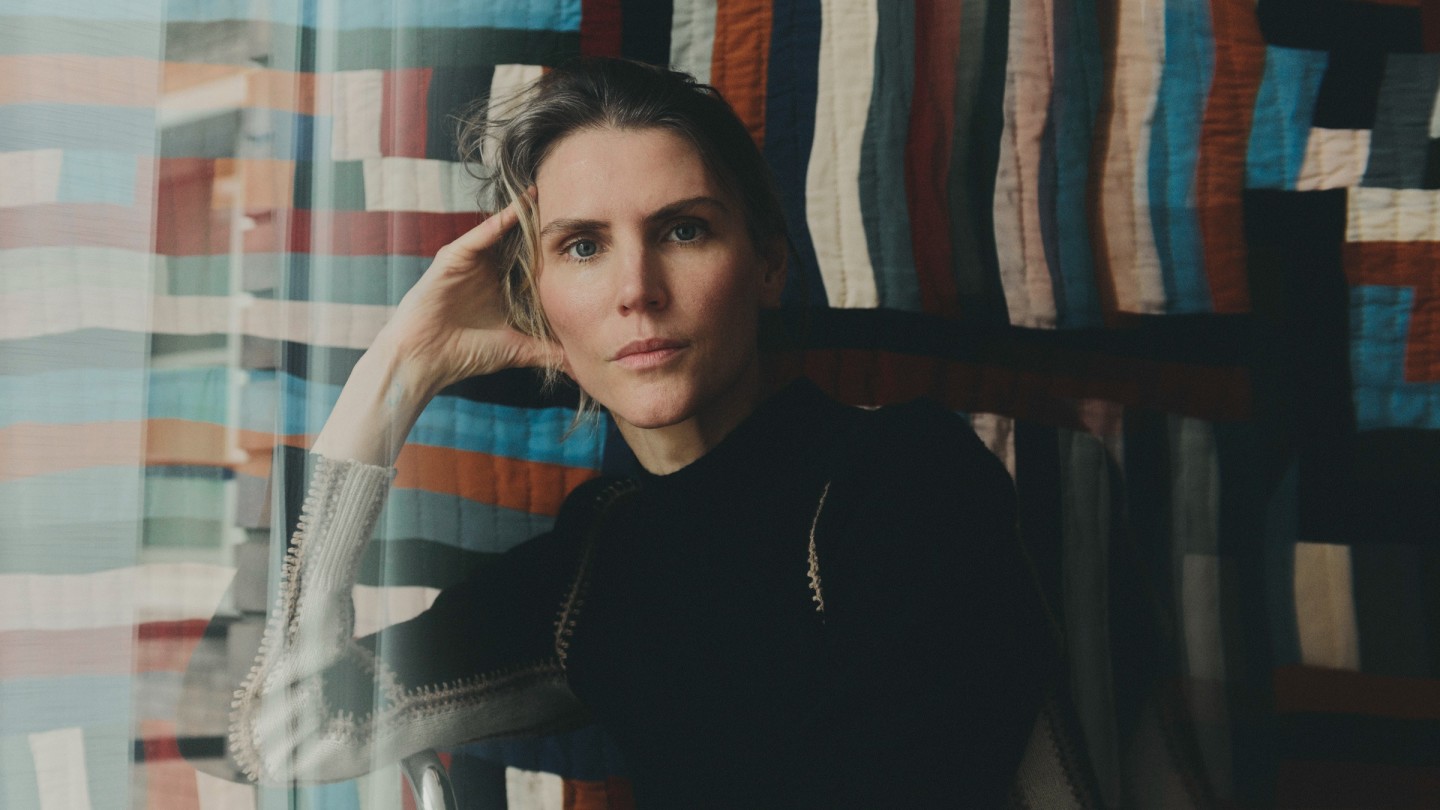
Simply sign up to the Fashion myFT Digest -- delivered directly to your inbox.
When I ask Gabriela Hearst, 45, about when she first developed an ecological consciousness, she recalls early-childhood scenes straight out of the movies. “I’ve seen lightning destroy a house just like this,” she says in Uruguayan-accented English, waving her hands. “I remember coming from Montevideo, the capital city, to my family’s ranch, and being stuck in the mud for hours because of torrential rain.” Finally her father arrived on horseback to pull the family out of the muck. He swept four-year-old Gabi up into his arms and galloped her back to Santa Isabel, their cattle and sheep ranch in the Paysandú department, where she spent the most idyllic and, apparently, impactful years of her life. As he held her tightly in front of him in the saddle, horse, man and child charging through the storm, she recalls, “I asked him, ‘Does lightning have arms?’ Because it was so overpowering.” Later in our conversation, she adds, “Nature is the ultimate beauty, and beauty is serious.”
So is Hearst, who believes that nature’s ultimate beauty does not come with an inexhaustible supply of bounty to be tapped for frivolous ends. “We belong to nature, it doesn’t belong to us,” she says. Hearst is a champion of sustainability in fashion, both as the head of her seven-year-old eponymous label based in New York and as creative director of Chloé for almost two years. She has long believed that ecology must be appeased every step of the way to making clothes and accessories – a little like bargaining with a vengeful God. It certainly took centre stage on the ranch, where everything was reused and recycled and conserved down to the last drop. Hearst’s father was the first among his peers working those endless prairies to go organic, and since Hearst inherited the ranch from her father, who died in 2011, she has been careful not to upset the equilibrium he established. She bred the stock of merino rams to produce finer wool, to better accommodate the growing needs of her day job, which relies on her Uruguayan production for super-light wool. (It was her husband Austin’s idea to source from Santa Isabel; Hearst loves that she can maintain the rigorous standards she holds for other suppliers.)
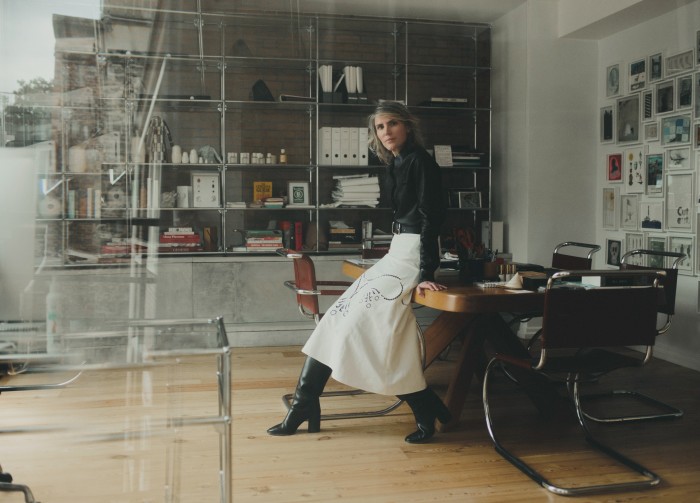
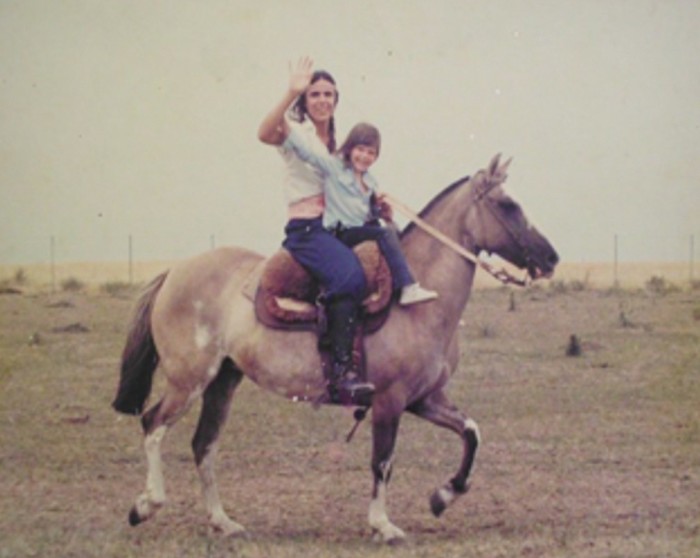
As Hearst’s opportunities have grown, so has her ecological ambition. The Gabriela Hearst brand counts three standalone boutiques for around 70 points of sale, with plans to double retail sales in three years, and Chloé sales are up double digits, the company reports, due to a turnaround plan launched in 2020. Last October, less than a year after taking the design reins there, Hearst attained B Corp status for the legacy company, owned by the Switzerland-based Richemont. Richemont’s other marquee holdings include Cartier and Van Cleef & Arpels, houses that are not quite as far along the path to sustainability. That Hearst was able to convert Chloé in such a short time speaks to her effectiveness and dedication. Attaining B Corp status means opening the books to outside auditors, reframing the corporate charter to give structural weight to environmental and social factors and rethinking how the business benefits not just shareholders but all stakeholders – the suppliers, manufacturers and employees whose lives are dependent on the company. Like a Fairtrade certification for non-comestibles, B Corp status can only be maintained via ongoing transparency with independent organisations. Few fashion companies have achieved it: the womenswear brand Sézane, the sneaker company Veja and Patagonia are among the better known. Chloé is the only major luxury company on the register.
How to become B Corp certified
Performance
Meet the minimum requirements under governance, workers, community, the environment and customers
Accountability
Legally commit to changing the company’s corporate governance to answer not just to shareholders, but to all stakeholders involved
Transparency
Allow B Lab to publicly list a company’s performance
It means employees all have to make their own contributions too – even in France, where time outside of the 35-hour work week is as fiercely guarded as employee privacy. But for Hearst this is the minimum required of a relatively privileged person in the world today. “If you’re not working just to survive,” she says, “you need to find time for service and giving to others, whether it’s time, effort or money.” Chloé’s efforts are organised by the HR department, Hearst explains, “and there’s different ways people can engage. In design, which is what I know best, we choose suppliers who are nonprofits and NGOs.” (Hearst herself is also on the board of Save the Children.) She mentions the women-led weaving cooperative Manos Del Uruguay as one of her go-tos, crediting Simone Cipriani, the founder and manager of the UN and WTO’s Ethical Fashion Initiative, for helping pair Chloé and Gabriela Hearst ateliers with other skilled artisans from developing countries, and providing all-important logistical aid to get the goods from out-of-the-way workshops back to the motherships in Paris, London and New York. The message is expressed on the clothes too, beyond the circumstances of their manufacture: Chloé’s AW22 collection featured a group of prints called “Climate Success” that depicted forest fires, melting glaciers and droughts contrasted with healthy landscapes on intarsia knits and handpainted onto accessories. A donation went to Conservation International’s Indigenous Women Fellowship programme, supporting women’s autonomy and environmental conservation efforts in the Amazon.

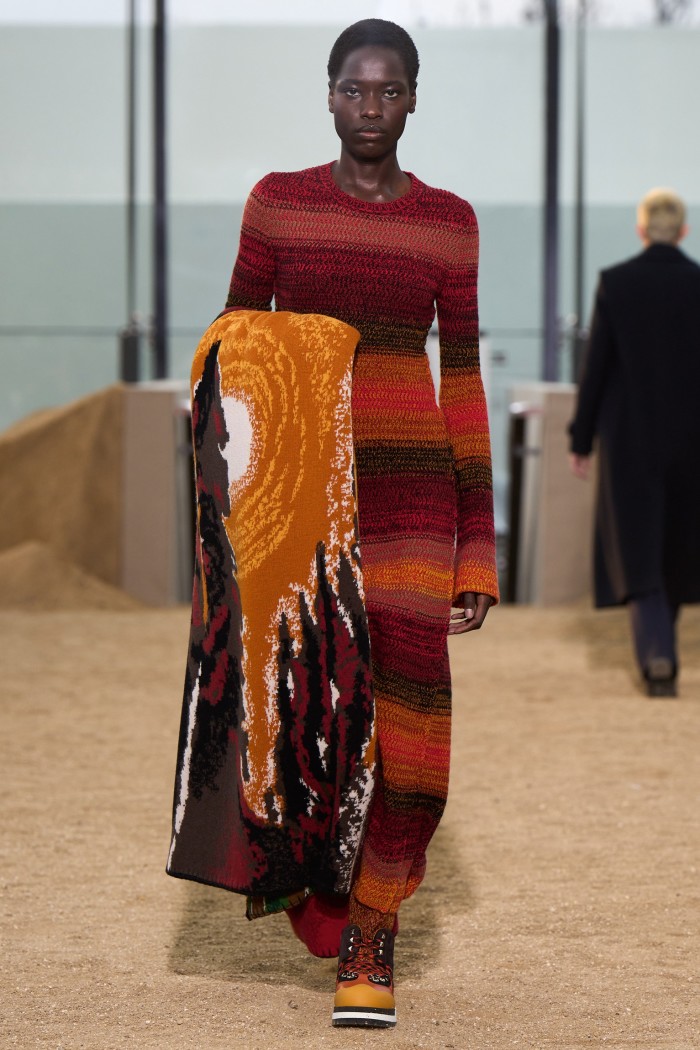
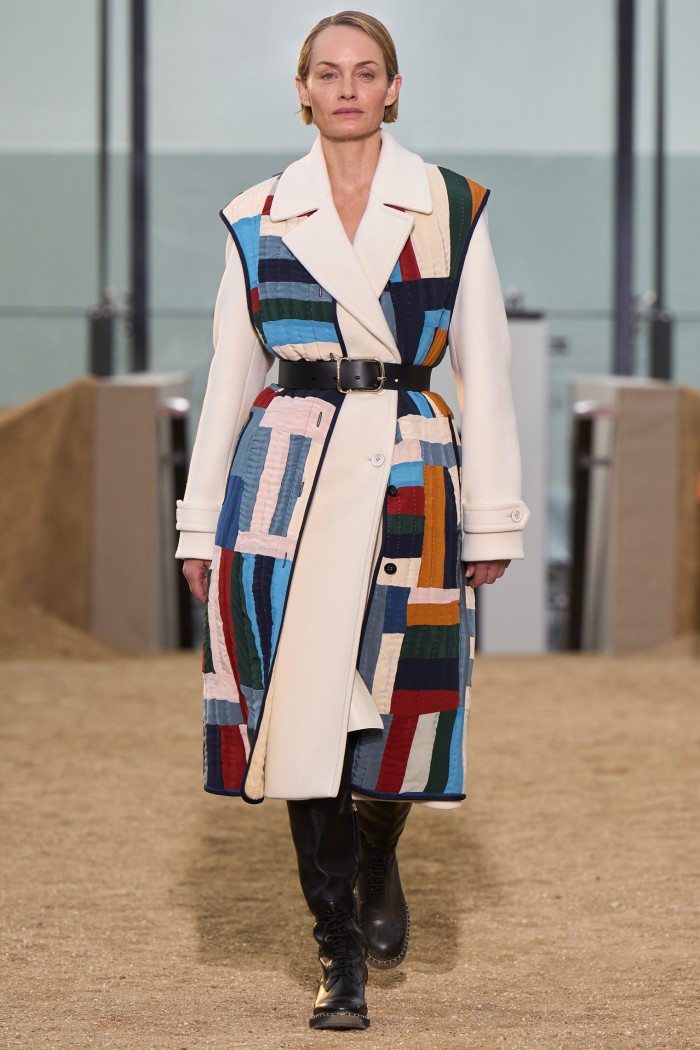
Hearst came to fashion through her own hustle. When her mother wasn’t on the ranch, she had her clothes custom-made. “I’ve always loved clothes,” Hearst says. “You’ll never see a picture of me at any point of my life not being on point.” She just didn’t really imagine fashion as a career. At 17, Hearst was living between Montevideo and Santa Isabel. Her younger sister was academically brilliant and focused, and little Gabi was drawing all day long. “I knew I wanted to do something creative, but worst-case scenario, I could live on the ranch and just draw and sketch. Already that was pretty good.” Then she convinced her father to send her to New York City, to the Neighborhood Playhouse theatre school where the acting teacher Sanford Meisner developed the Meisner Technique. She graduated, and when the acting gigs didn’t flower, “I needed a job. My father was like, ‘I sent you to that school, I’m done.’ It turned out my best performance was actually just getting him to pay for it.”

So she did as most young people do who want to stay in New York: she worked in restaurants. She sold shoes. Then she realised the shoes were not great and quit on her first day. (“I’m not a quitter, but I just could not sell bad shoes.”) Next came a job as an assistant to a South African designer called Kara Janx where she learned “the schmatta business”, a Yiddish term New Yorkers affectionately use to refer to the world of factory-produced ready-to-wear. In 2003, after transitioning to work for the showroom that represented Janx and gaining an even deeper level of garment education, Hearst maxed out her credit cards to start Candela, a small line of romantic-bohemian separates. “Don’t try this at home,” she laughs. She was living with her best friend Stephanie de Lavalette at the time, in an apartment in the West Village. “She worked in finance and I started Candela. We had high hopes for our nightlife at first” – but work got in the way. (De Lavalette ended up helping Gabriela Hearst get off the ground in 2015, and today she is Hearst’s right hand at both companies.)
Hearst, who is statuesque with angular features and a boyish beauty in the mould of Stella Tennant, was her own best model. One night out at the Lincoln Center in a Candela dress, she was noticed by somebody important. “I went up to her and said, ‘What are you wearing? It looks amazing,’” recalls Glenda Bailey, who was then the editor-in-chief of Harper’s Bazaar. “Just in that first conversation, it was obvious she had such a sense of style. She’s brilliant at mixing masculine and feminine, and understands women’s lifestyles, and how they develop and change, and how their tastes change too.” When Gabriela Hearst took off and absorbed Candela’s staff, Bailey became a key supporter, even giving her a steer with the name. Though Hearst was already married to Austin Hearst, a scion of the publishing family, she went by her maiden name Perezutti. The pages of Bazaar were an important launchpad to help put the dignified, luxurious young brand on the map. “To me it was obvious that Gabi was going to be a star because she has such a clear vision and the determination and work ethic to make that vision a reality,” Bailey says.
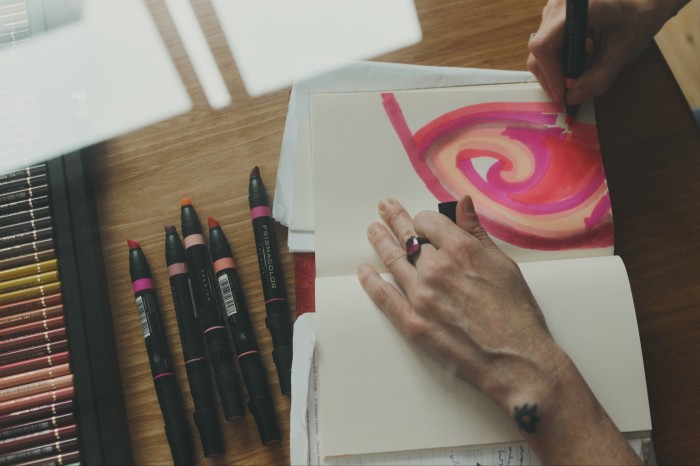
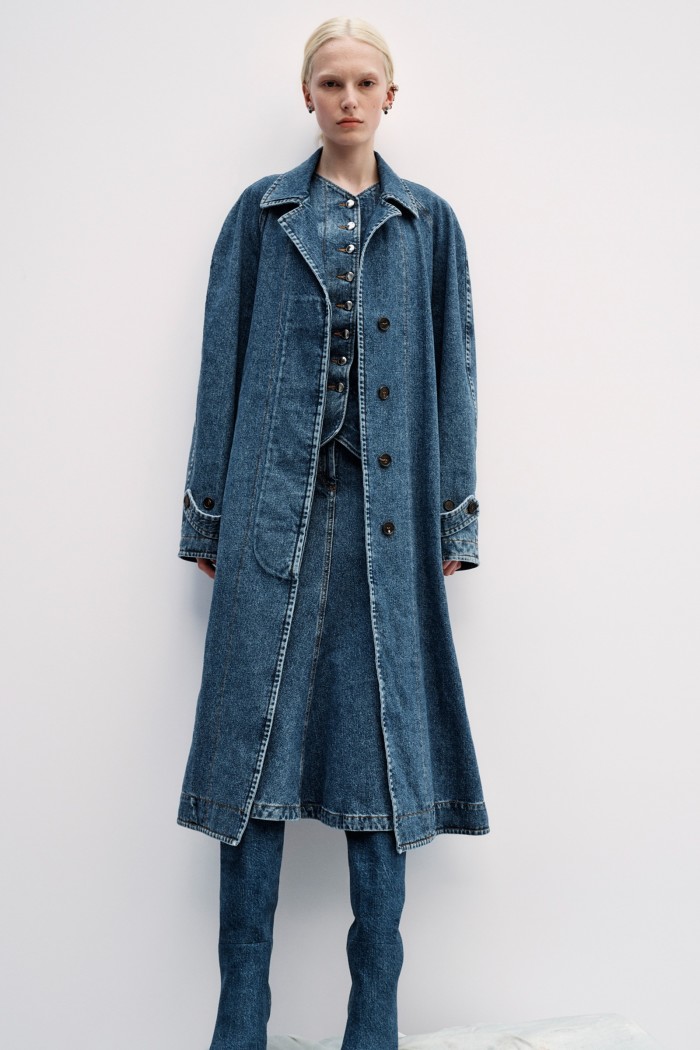
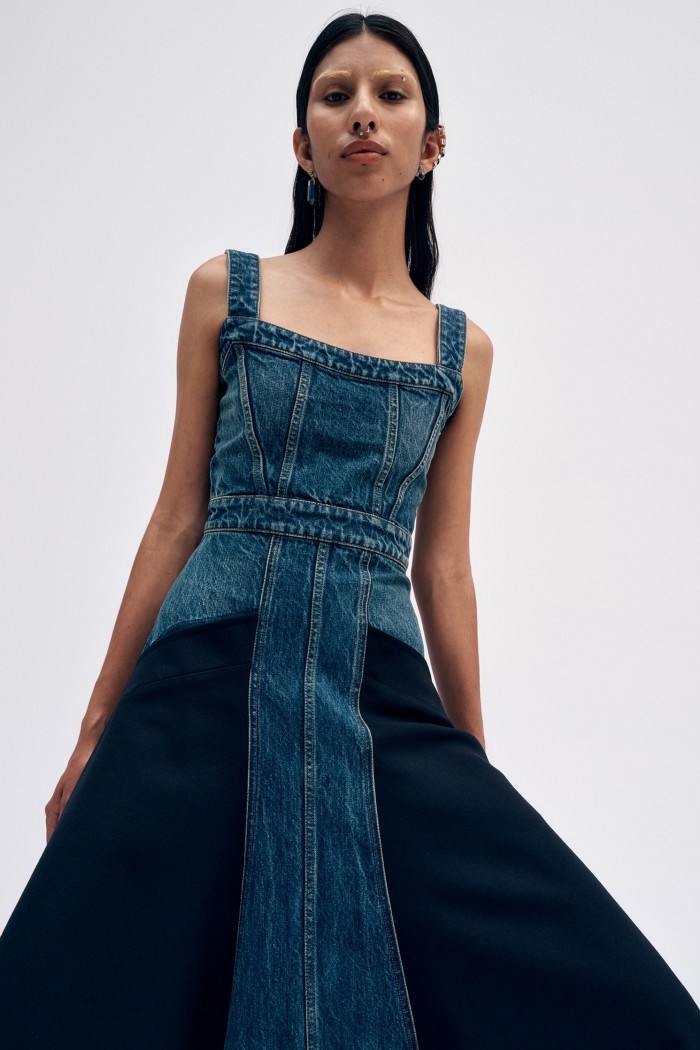
Sustainability was part of Gabriela Hearst’s brand from the beginning, through conscious sourcing and production. Hearst couldn’t stomach the idea of shipping products to department stores with plastic hangers, so turned to recycled cardboard and compostable packaging. “It was for Earth Day in 2018, and I decided we needed to change all the packaging to biodegradable and compostable. For a small brand like us it was a big endeavour. Nobody was doing it. We worked really hard developing it and when we were ready to ship, my head of sales told me one big department store wouldn’t accept cardboard hangers. I said no way. I’m not shipping with plastic hangers.” A lot of money was in the balance if she let the order drop, but Hearst held her ground, the store relented and now Chloé uses the same materials for its packaging.
Then there was the proposal she put together to audition for the job at Chloé. A designer’s pitch deck is often a kind of extended mood board, some sketches, a few lines of copy here and there, maybe a small mission statement. Hearst added to that consultations with an environmental scientist and a deep analysis of future positioning in China. It came to 92 pages. “It was quite comprehensive,” she says. “But I can give you 10,000 ideas, and if we don’t make any of them it doesn’t matter. The goal was to have not just a strategy but a blueprint.” This included how to make sustainability count at every level of the business, from the highest end (Chloé Craft, a line within a line where everything is handmade), medium-level products such as handbags and shoes, and the volume drivers, which is where so much of fashion’s worst damage is done.

Cotton, one of the hardest textiles to produce ecologically, was an issue. “I said, ‘Sorry, but I can’t do cotton T-shirts.’” She changed to linen until they could find an organic source. Denim is another product category that has been important to Chloé since the 1990s, when Stella McCartney revived the brand. For that Hearst brought on Adriano Goldschmied, a jeans producer for Gap, J Crew and Diesel and his own company, AG Jeans. “Adriano is one of the denim gods in our industry, and he understands the damage cotton production has done. He won’t touch it any more. First we used deadstock [referring to leftover fabric from textile mills], and now we’re using post-consumer cotton,” which means taking used denim that is then pulped and rewoven with materials like hemp. It has a nubbly hand feel, with an authentic-looking wash. “It took time, but we don’t have to suffer for a look.” With ingenuity and persistence, “we can make the look happen”. Recycled cashmere is another favourite, but “the demand has increased so much that it’s hard for us to get it now. This season we could only do two colours. It’s a good problem to have.”
Hearst consulted with her kids – three biological and two stepkids from Austin Hearst’s previous marriage – who are based in New York, before going for the Chloé job, as she knew it would take her away from them for long spells. Once she had their approval, the next step was getting into physical shape. “You have to maintain yourself like an athlete, because I’m not dying for fashion, right? Let’s be clear. Quarterly, I take full blood work. I’m very conscious of my sleep, exercise and food. I sketch on the road, on the plane. I became that person who exercises at 6.30am. If you’d asked me that 20 years ago, I’d be like, ‘Not me’, but you have to become what you need to be to fulfil your purpose. Because I’m in my dharma. I’m in my purpose, and fashion has been the path.”
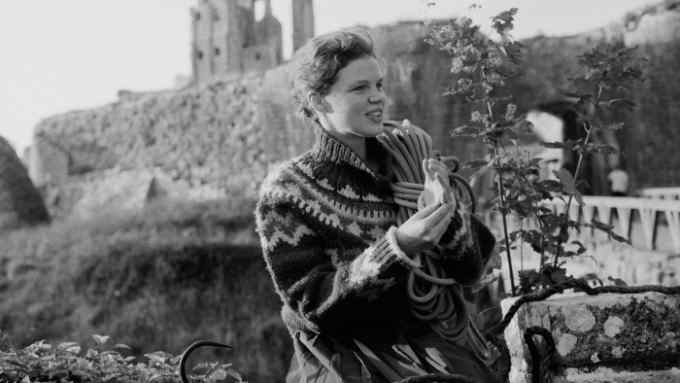
Comments